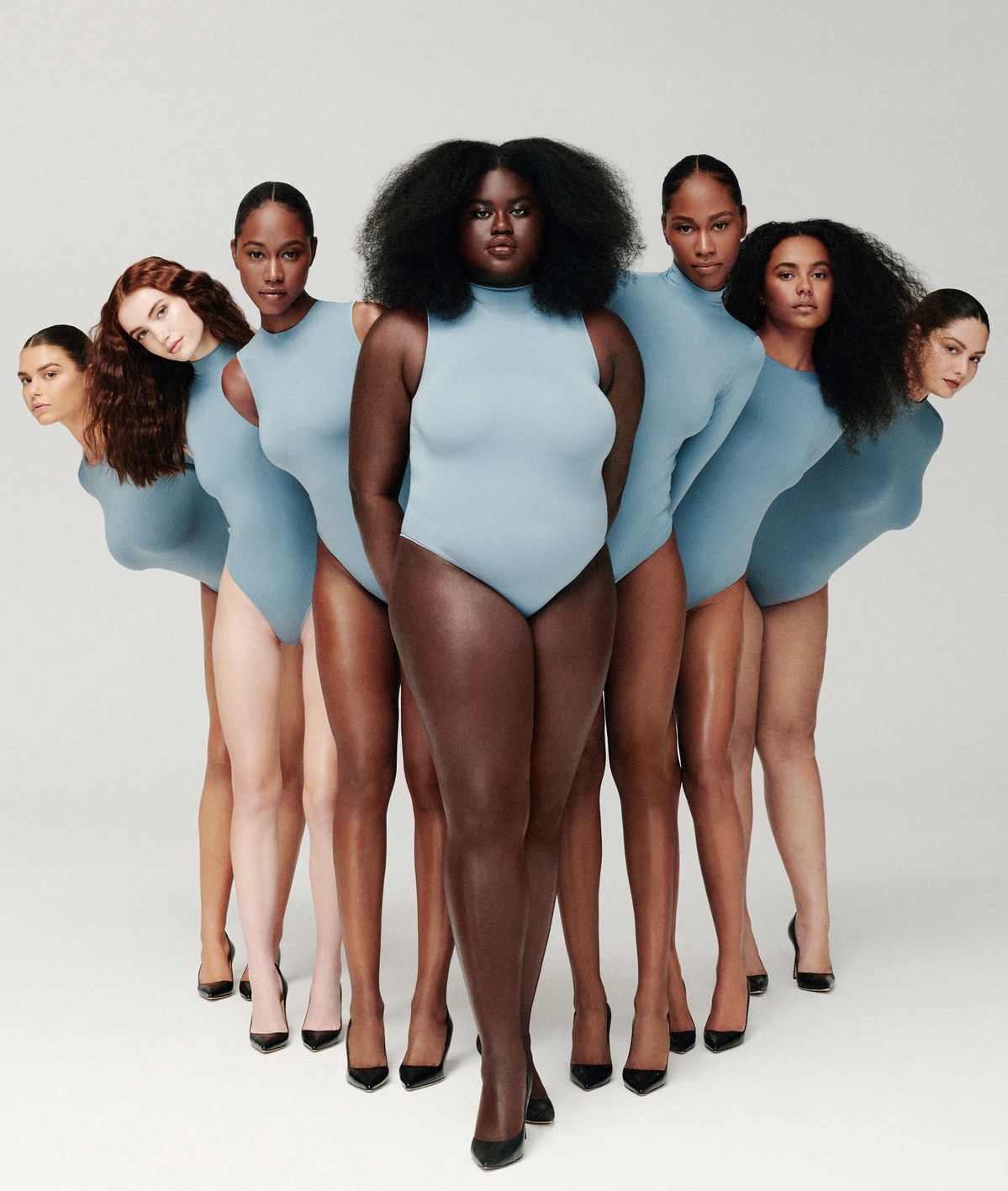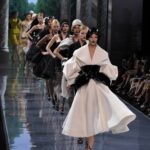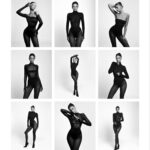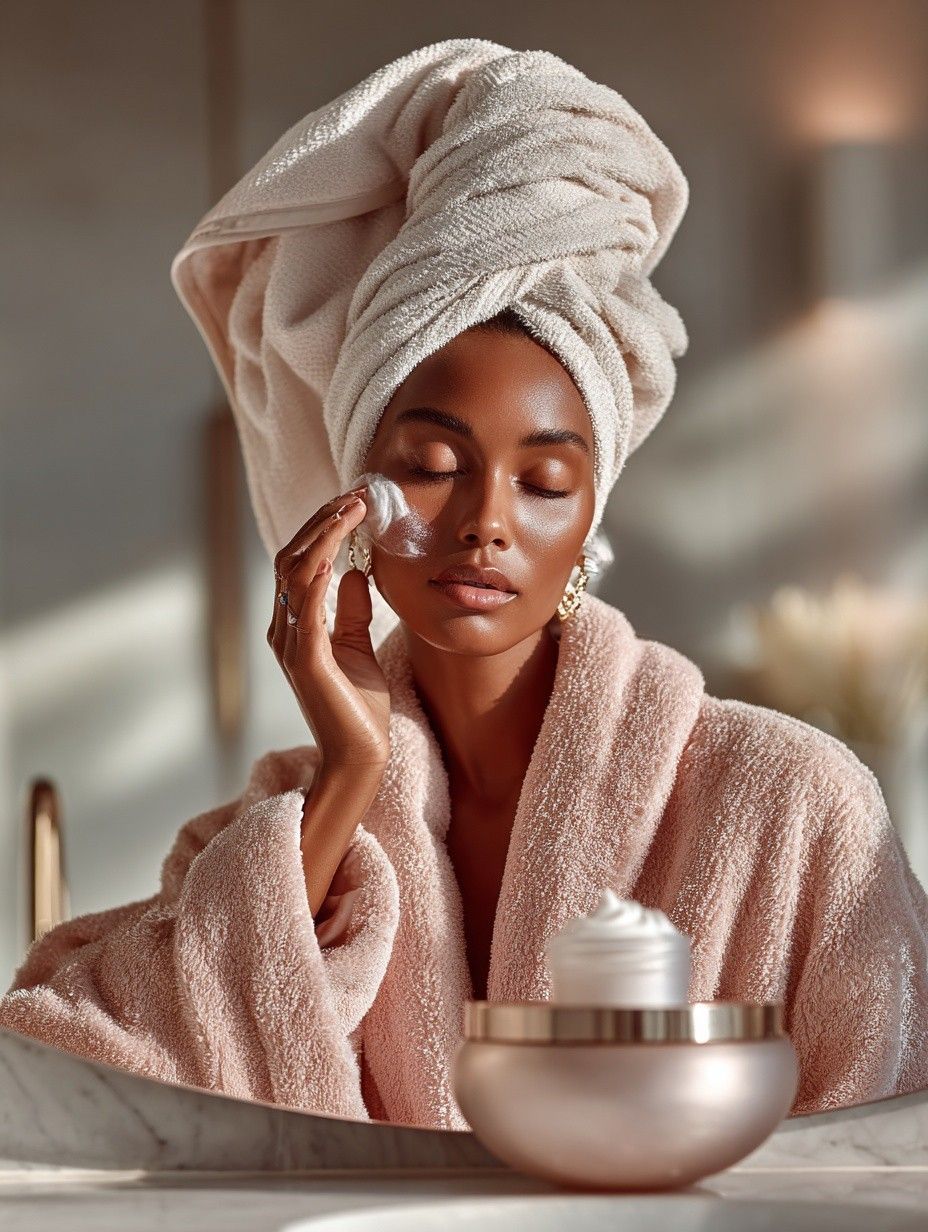The saying “beauty is in the eye of the beholder” no longer feels applicable in the modeling industry. While everyday life shows us that beauty can be found in countless shapes, sizes, and cultural expressions, the industry has long enforced rigid, narrow standards. This disconnect between reality and the runway has created tension, chaos, and for many who try to belong, a pathway toward depression.
In the real world, beauty has never been singular. Each culture defines it differently; some Western ideals celebrate tall, slender frames, sharp cheekbones, and catlike eyes, while many African traditions embrace curves, fuller figures, and rounder faces as symbols of strength and desirability. Across races and communities, beauty has always been plural, fluid, and deeply cultural.
Yet the emergence of the modeling industry in Europe in the Mid-1800s shifted the narrative. What began as a platform to showcase fashion quickly became a monopoly on beauty itself. A single standard which is slender, white, and conventionally elegant was exported as the “ideal,” dismissing countless other forms of beauty. Those who did not fit into that mold were regarded as unworthy, invisible within the industry’s spotlight.
Over time, the pressure to meet these expectations has had real consequences. The daring need to belong, to land a gig, or to be accepted into an agency has pushed many models into harmful decisions. Eating disorders like anorexia, struggles with depression, low self-esteem, and body dysmorphia have all found fertile ground in an industry that prizes one type of body over another. The unnecessary height requirement of 5’9” and above, still common in many agencies, also dismisses the reality that petite people wear clothes too. Such rigid rules erase diversity while fueling the desperation to fit in.
There has, however, been pushback. Movements for freedom and equality, especially from Black communities demanding visibility and acceptance, challenged the old standards. Slowly, fashion houses began to embrace broader representations, including curvier women, models of color, and alternative looks. The introduction of size 12–16 models on runways once reserved only for size 6 and less was celebrated as progress. Yet the change has been slow and uneven, often met with resistance or treated as a trend rather than a lasting shift.
Even in presentation, small cracks in the standard have emerged. Where once exaggerated, carnival-like makeup dominated the runway, there is now a push toward minimalism and natural tones. This shift reflects a wider desire for authenticity over artificiality, for embracing what feels real rather than painting on perfection.
But while these changes are noticeable, they are far from enough. True progress will come only when inclusivity is no longer celebrated as an “exception” but accepted as the norm. All sizes; petite and tall, fat and slender, Black and white, must be represented equally, not as a marketing strategy but as a reflection of reality. Until then, every “breakthrough” model who defies the odds is simply a reminder of how much farther fashion has to go.
The need to belong will continue to push many into compromises that harm their minds and bodies unless the system changes. While these words may sound provoking, their essence is accountability. Until inclusivity becomes culture rather than campaign and until we no longer massively celebrate an “odd” character on the runway but see them as part of everyday fashion, then we are only just beginning the work of reimagining beauty and holding the industry accountable.




